Differences between Die Casting and Investment Casting
Author: SAIVS Date Published: May 16,2023
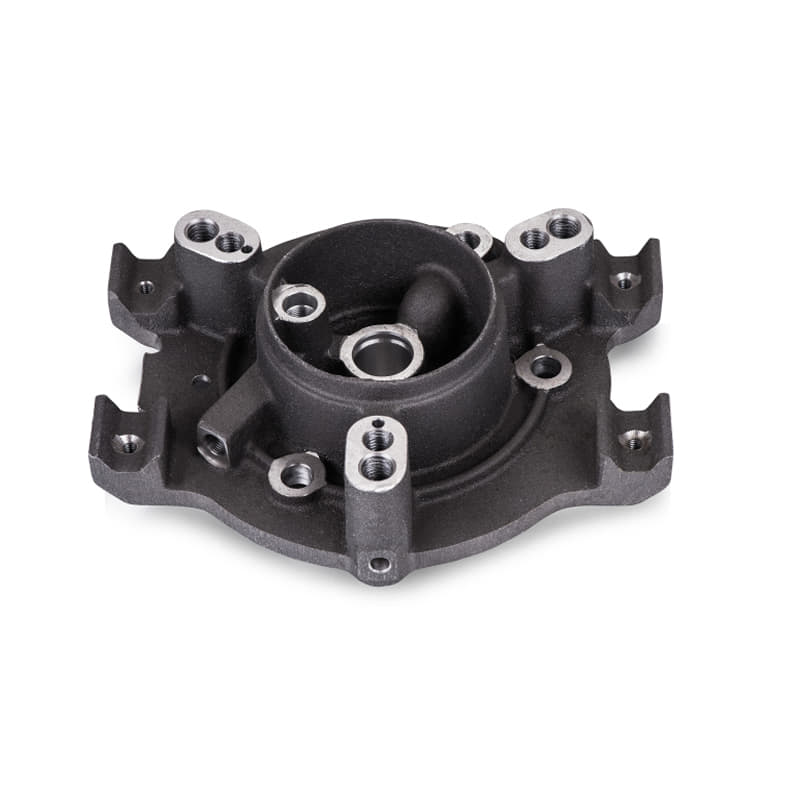
What does Investment Casting mean?
Investment casting is also called lost wax casting or dewaxed casting. Making parts by investment casting is usually a more time-consuming process, that is, making the original wax shape of the parts, and then repeatedly penetrating into the liquid porcelain. The porcelain hardens, the wax dissolves, leaving behind ceramic moulds. The molten metal is then poured into the porcelain chamber. Once the ceramic mold has congealed, it is broken and removed, leaving the metal casting behind. The wax mold can be used for many times, but the ceramic mold will be broken and lost in the production process of each part.
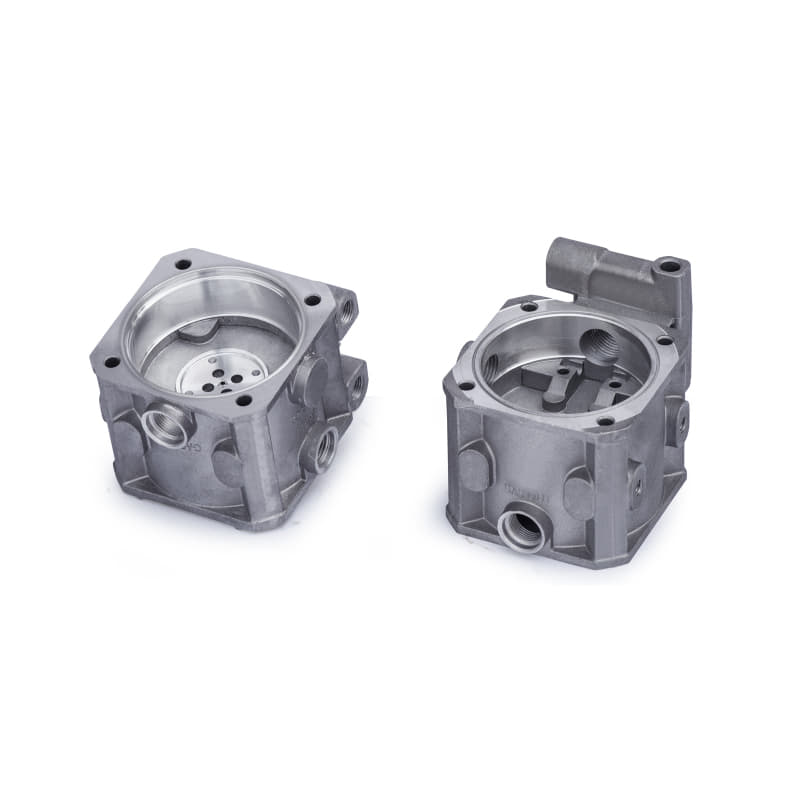
Advantages of investment casting technology:
1. Forging of light metal and nonferrous metal materials
2. Smooth surface treatment reduces machining and finishing
3. Thin wall parts can produce complex
4. High precision can directly produce goods with accurate specifications without post-processing
Disadvantages of investment casting: investment casting has high price and cost, and long delivery time
investment casting process is widely used: investment casting has high practicability, and is suitable for ordinary black and rare metals. Therefore, it is used to manufacture many high-precision and high-precision components, such as aircraft systems, engines and emission systems, agricultural machinery equipment, hand tools, building hardware, toilets, Industrial Parts and medical equipment.
Die Casting is to force hot red liquid metal into the mold, and the die casting process includes extreme pressure. In this case, the steel mold established by "mold" is only to shape the specific product being manufactured. Once the liquid metal is poured into the mold, it will condense and then be taken out of the mold. As the gate material of liquid metal maintenance source, once the liquid metal is cooled, it will be removed and the goods will be completed.
Die casting advantages: high productivity and good economic benefits
Disadvantages of die casting:
1. Heat treatment is not allowed, and castings are easy to produce air holes
2. Die casting is difficult for complex concave castings.
3. High melting point alloys (such as copper), light metals with short die casting life)
4. Due to the high cost of raw materials, it is not suitable for small batch production.
Die casting is widely used to produce small and thin metal parts. These components are used in many industrial and commercial products, such as vehicles and communication products.
Why Choose SAIVS™ as Your Supplier?
1.Superb Quality Control Management
At SAIVS, we take pride in our perfect quality management systems and procedures, which guarantees the excellent performance of all our producs, being a professional Investment Casting | Die Casting| Sand Castingmanufacturer in China.
2.Rich Production Experience
With 20 years of experience in production, SAIVS has a deep understanding of the market and trends, and strives for continuous research and innovation. This has created advantages in both the product's performance and appearance.
3.Competitive Prices
As a Chinese factory committed to becoming the most cost-effective Investment Casting | Die Casting| Sand Castingexporter in China, SAIVS provides high-quality products at advantageous prices. By lowering costs and increasing efficiency, we ensure that our customers receive the best possible value for their investment.
4.Perfect After-sales Service
At SAIVS, we strive to provide superior customer service that meets and exceeds expectations. We are always available for any questions or concerns you may have, and we stand by our commitment to providing excellent after-sales support.
Related Posts
-
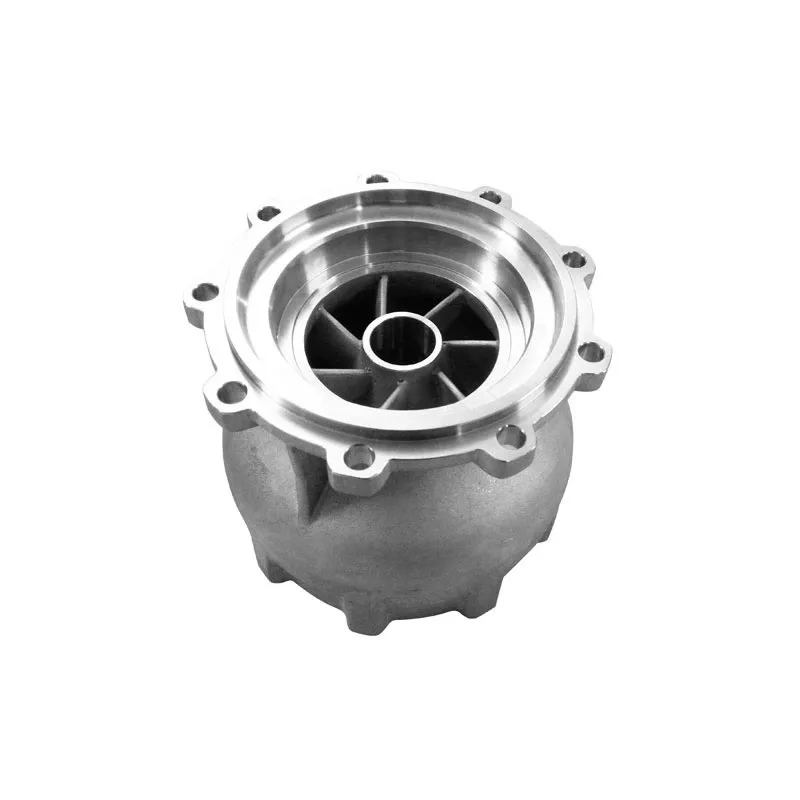
Working Principle and Characteristics of Die Casting Technology
Die-casting technology is the process of organically combining and applying three production elements of die-casting, namely, die-casting alloy, die-casting die...
-
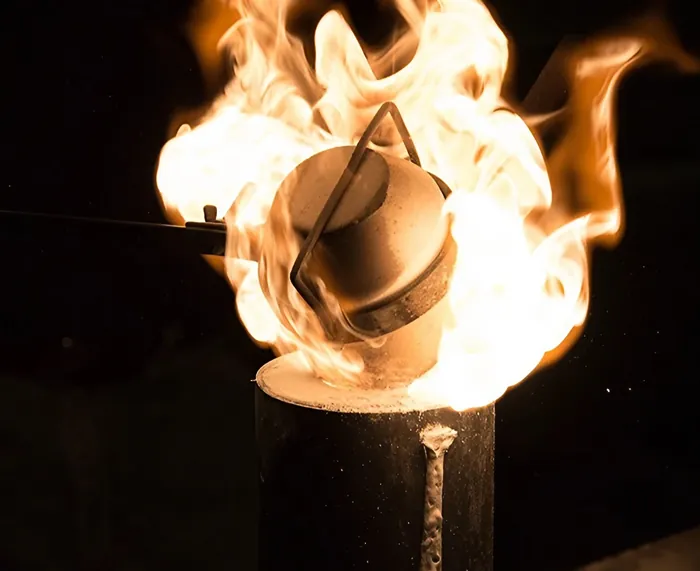
Stainless Steel: The Unsung Hero of Lost Wax Casting
This article will take you to explore the lost wax casting process and a detailed analysis of stainless steel in strength and other aspects of the superior perf...
-
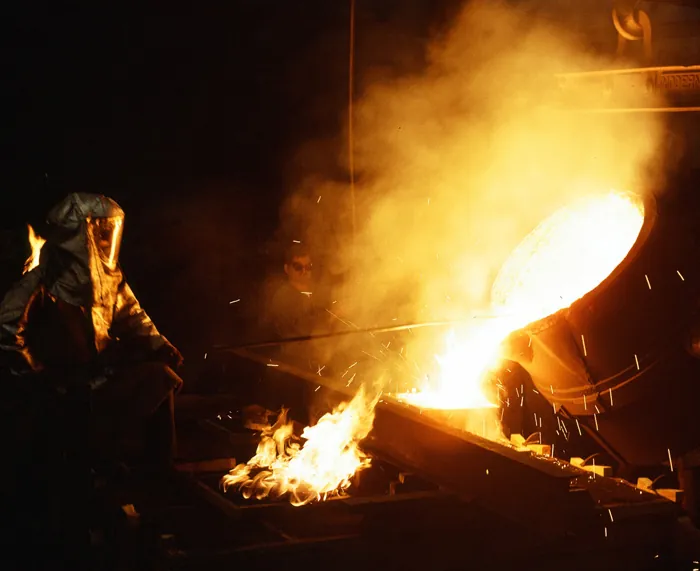
What Is Sand Casting And Its Process
What is sand casting?Sand casting is a metal casting process that uses sand to create the mold in which the metal is poured. It is the most common casting proce...
-
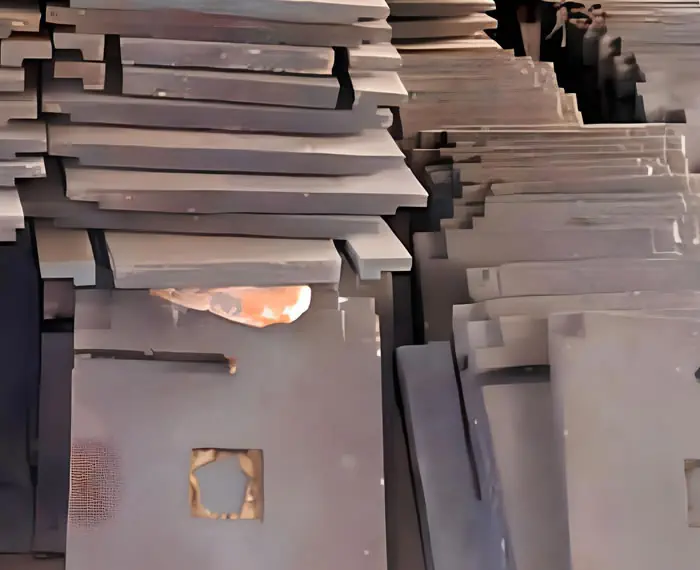
How To Choose The Right Casting Cleaning Equipment
Key Considerations for Selecting the Right Shot Blasting Equipment in FoundriesCasting cleaning is an essential process in any foundry, ensuring that casti
-
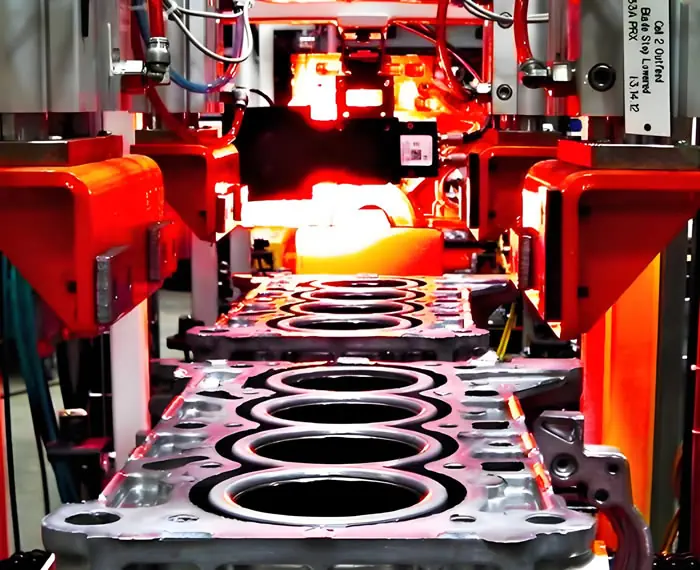
Die Casting Quality: How to Master Materials?
In the intricate domain of die casting production, the pursuit of unparalleled product quality necessitates a comprehensive and meticulous approach to alum
-
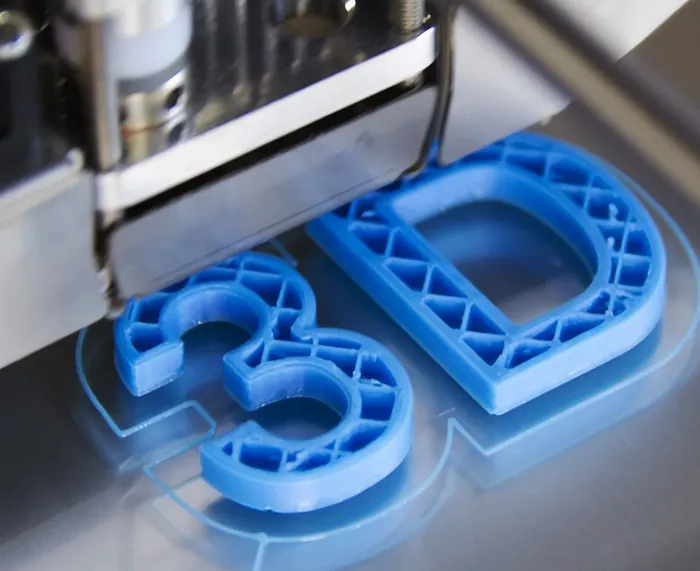
Methods for Assessing 3D Printing Accuracy
Ensure your 3D prints meet specifications! Explore various methods for measuring dimensional accuracy, including 3D scanners, calipers, and micrometers.

